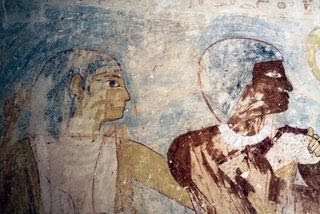
After the Goryeo king formally surrendered to the Mongols in 1270, the printing
of Buddhist texts was a form of summoning spiritual strength for their harsh times. Korea
had already been distinguished for its woodblock printing tradition, but high demand for the
Tripitaka (the Buddhist canon) called for a more efficient way of producing texts. The Koreans
began to experiment with metal movable type because of the shortage of proper hardwoods and
their past experience with bronze coins. Surprisingly, woodblock texts were still produced after
the innovation of movable type because the advantages of woodblock printing for the Korean
language were not as great as for those of the European languages. European alphabets were
well suited for this technique because of the small number of characters that had to be made.
For example, the English alphabet only has twenty six letters in it. Koreans did not see the
advantage for movable type printing, except for mass publishing, because wood blocks could
be stored for later use and Koreans could produce wood blocks as fast as Europeans could set
up their pages of movable type. Therefore, the Korean’ s innovation of movable type, whether
it inspired Johannes Gutenberg or not, greatly advanced the European nations and elevated their
populace to a more literate state.
http://www.rightreading.com/printing/gutenberg.asia/gutenberg-asia-9-korea.htm
by Daniel B., Period 8


































